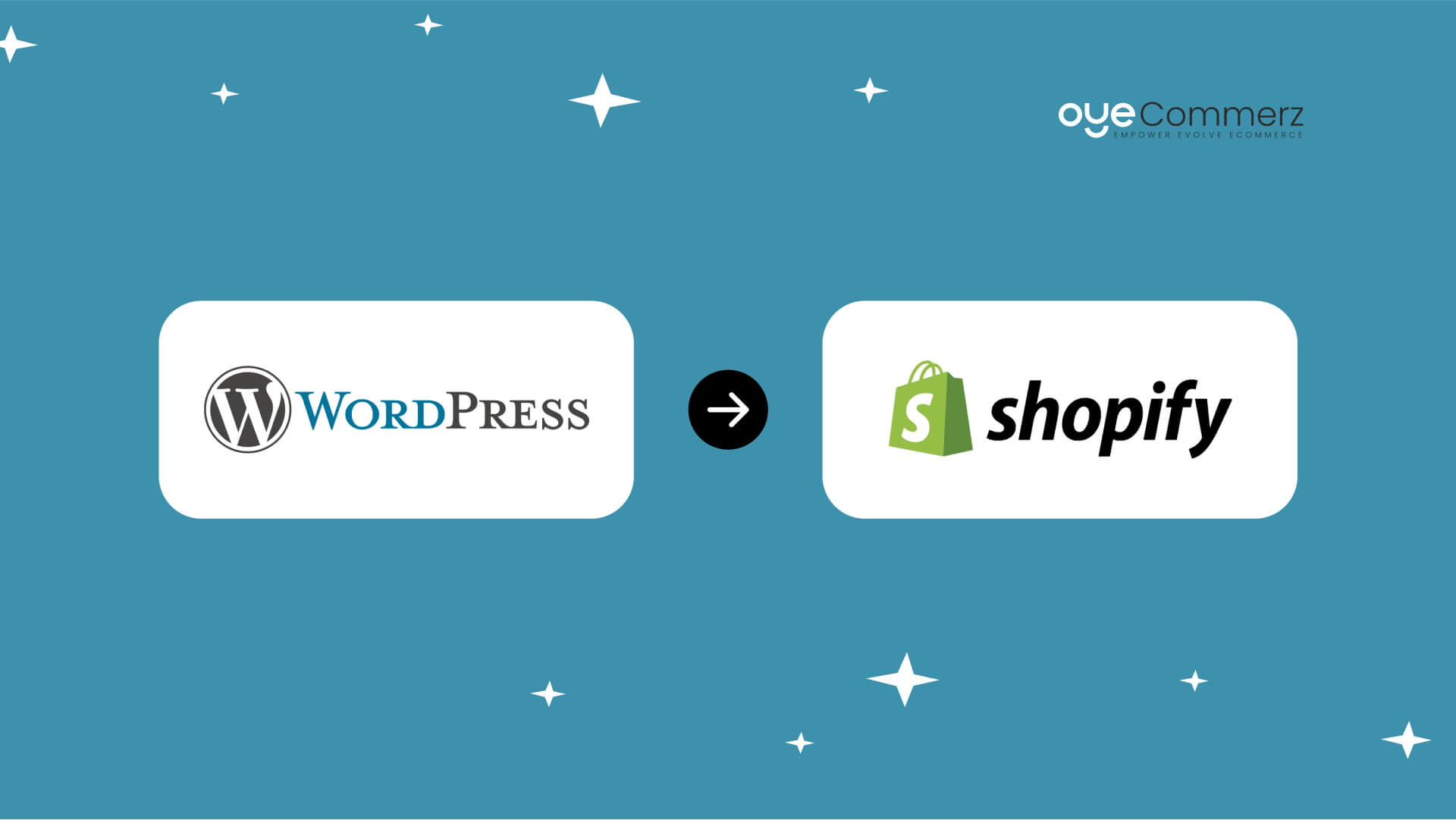Scaling an e-commerce store requires adaptability, growth, and delivering outstanding customer satisfaction.
Considering a move from WordPress to Shopify? You’re probably seeking advanced features, better scalability, and a forward-thinking platform.
This guide outlines the essential steps, strategies, and insights to ensure your migration to Shopify is successful and disruption-free.
Introduction: Why Migrate from WordPress to Shopify?
While WordPress offers versatility, its reliance on multiple plugins often creates hurdles for scaling.
Shopify is designed specifically for online retail, offering powerful tools, security, and scalability to fit businesses of any size.
With over 4.5 million e-commerce websites using Shopify globally in 2024, it is a dominant force in the industry.
Switching to Shopify can unlock benefits in payment integrations, mobile optimization, and order management.
This is your detailed plan for a successful migration journey.
Step 1: Understand Your Current E-Commerce Challenges
Begin with a detailed assessment of your store’s strengths, weaknesses, and goals.
Highlight limitations like slow loading speeds or plugin dependencies that hinder scalability.
With tools like Shopify Payments and flexible themes, Shopify minimizes the need for external plugins.
Step 2: Create a Migration Plan
An unorganized migration process may cause disruptions, data mishandling, or extended delays.
Prepare for a seamless move by addressing essential aspects like inventory details, customer databases, and sales records.
Shopify provides tools and third-party apps to simplify the migration process and safeguard important information.
Step 3: Tailor Your Shopify Experience
Shopify’s flexible themes allow you to reflect your brand identity seamlessly.
Browse the Shopify Theme Store for templates or modify them to enhance user experience.
Themes such as “Impulse” or “Prestige” deliver visually stunning layouts and powerful features.
Shopify Plus offers tailored theme development for businesses seeking unique designs.
Oyecommerz provides expert Shopify Plus customization services to elevate enterprise branding.
Step 4: Preserve Your SEO Rankings
Maintaining your SEO settings is crucial to keeping your website visible in search results.
With Shopify, you can redirect outdated URLs and retain search visibility.
Use Shopify’s built-in SEO tools to manage metadata and connect analytics platforms.
Studies show that overlooking SEO during migration often leads to a drop in site traffic.
Step 5: Leverage Shopify’s App Ecosystem
The Shopify App Store provides a wide range of applications to improve your store’s capabilities.
Apps like Klaviyo for email marketing and Yotpo for customer reviews can transform your customer engagement strategy.
Oyecommerz offers Shopify API services to integrate advanced tools and streamline processes.
Work with Oyecommerz for custom Shopify app integrations that optimize business workflows.
Step 6: Optimize for Mobile Users
Mobile shopping now represents over half of online purchases, emphasizing the need for mobile-friendly design.
Every Shopify theme is built to adapt seamlessly to different screen sizes and devices.
Shopify’s WordPress plugin limitations payment options, like Shop Pay, offer a quick and frictionless checkout experience.
Enhance mobile user satisfaction by ensuring fast, intuitive browsing and purchasing.
Step 7: Train Your Team
Shopify’s intuitive platform makes it easy to use, but training reduces post-migration challenges.
Familiarize your employees with Shopify’s dashboard, product management, and reporting functions.
Well-trained staff can make the most of Shopify’s features, improving overall store efficiency.
Step 8: Conduct Thorough Pre-Launch Testing
Run thorough checks on your Shopify store to address potential problems before it goes live.
Check for broken links, missing redirects, and accurate product details.
Test your payment systems and confirm the checkout process works seamlessly across platforms.
A well-tested store provides users with a flawless shopping experience from the start.
Step 9: Announce Your New Store Boldly
Capitalize on your migration by generating buzz among your existing and potential customers.
Send personalized emails and post updates on social media to announce your improved store.
Showcase features like faster load times and a secure checkout to build trust and excitement.
Conclusion: Empower Your Business with Shopify
Transitioning to Shopify represents an opportunity to reimagine your e-commerce strategy.
From scalability to intuitive tools, Shopify equips your store to thrive in competitive markets.
For businesses of any size, Shopify offers unparalleled support for achieving e-commerce goals.
Partnering with Oyecommerz ensures a smooth migration with minimal disruption to your operations.
Trust Oyecommerz to make your migration stress-free and maximize your store’s Shopify app ecosystem for WordPress users capabilities.
Unlock the future of your business with Shopify—partner with us for a flawless migration experience.

Comments on “The Ultimate Guide to Migrating Your E-commerce Store from WordPress to Shopify”